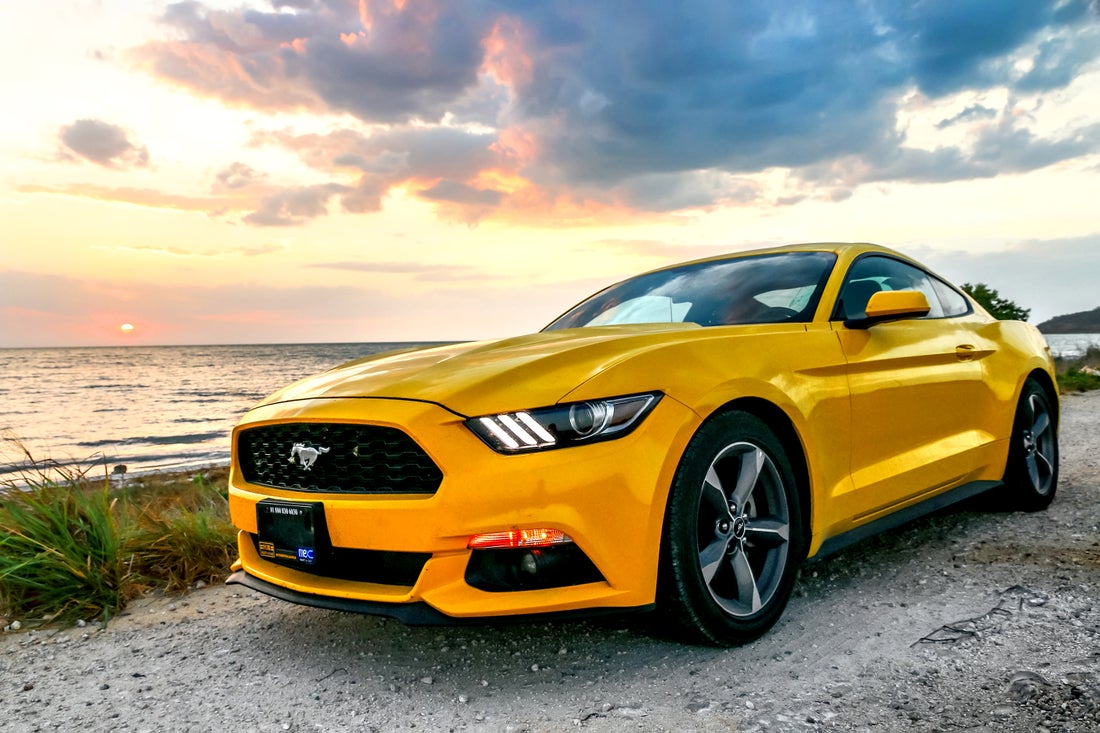For many people, driving is an everyday activity. Running errands and commuting to work are frequent tasks that may become second nature, but any time you get behind the wheel, you must avoid complacency. Taking the time to operate your vehicle safely is particularly important at night, when road-related risks may increase.
7 Tips for Driving Safely at Night
When driving at night, many factors on the road may be different than they would be during the day. For example, visibility may be lower. To keep yourself, passengers and other drivers as safe as possible, consider the following steps:
1. Check your car. Make sure your vehicle is safe to drive in nighttime conditions before you start your trip. This includes checking the functionality of your headlights and brake lights and ensuring your tires are in good condition.
2. Use your lights properly. Turn your headlights on an hour before sunset and keep them on until an hour after sunrise. Additionally, avoid using high beams unnecessarily, as this could impair the vision of other drivers.
3. Minimize glare. There are several ways to reduce glare from other vehicles’ lights, such as the following:
· Utilize the day-night feature of your rearview mirror to reduce glare from headlights behind you.
· Avoid looking into the lights of oncoming traffic by shifting your gaze slightly down and away from them.
· Clean your windshield and other windows to keep dirt and dust from causing unnecessary glare.
4. Change your driving habits. When driving at night, reduce your speed and increase the distance you follow vehicles in front of you. This will give you more time to react to unexpected movements or circumstances.
5. Avoid dangerous behavior. Operating a vehicle while impaired or texting while driving is already unacceptable, but these offenses can be even more dangerous at night. Smoking and eating while driving can also increase your risk of an accident.
6. Avoid fatigue. Driving while tired or sleepy can be extremely dangerous. Make regular stops to use the restroom, stretch and have a snack. If you become fatigued, do not hesitate to pull off the road or find lodging to rest.
7. Be prepared. Keep a roadside emergency kit in your car containing the following:
· Reflective triangles
· Jumper cables
· First-aid kit
· Blankets and warm clothes
· Flashlight and extra batteries
· Nonperishable food and bottled water
· Ice scraper
· Motor oil
· Road flares
· Tire inflator and tire pressure gauge
If you are forced to pull over to the side of the road, move as far to the right as possible. Be sure to alert other drivers to your presence by setting up reflective triangles near and behind your vehicle and activating your hazard lights.
Get the Right Coverage
In addition to the precautions above, it’s also critical to have adequate auto insurance. Even the most careful drivers may not always be able to ensure safety and avoid accidents. Fortunately, proper auto coverage can provide critical financial protection.
For almost 25 years, the Tennessee Auto Insurance Agency has been helping drivers in Murfreesboro, Symrna and across middle Tennessee acquire the right auto insurance policies. Contact us today to get started.
This blog is intended for informational and educational use only. It is not exhaustive and should not be construed as legal advice. Please contact your insurance professional for further information.